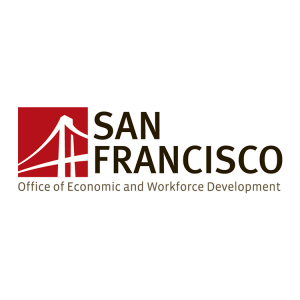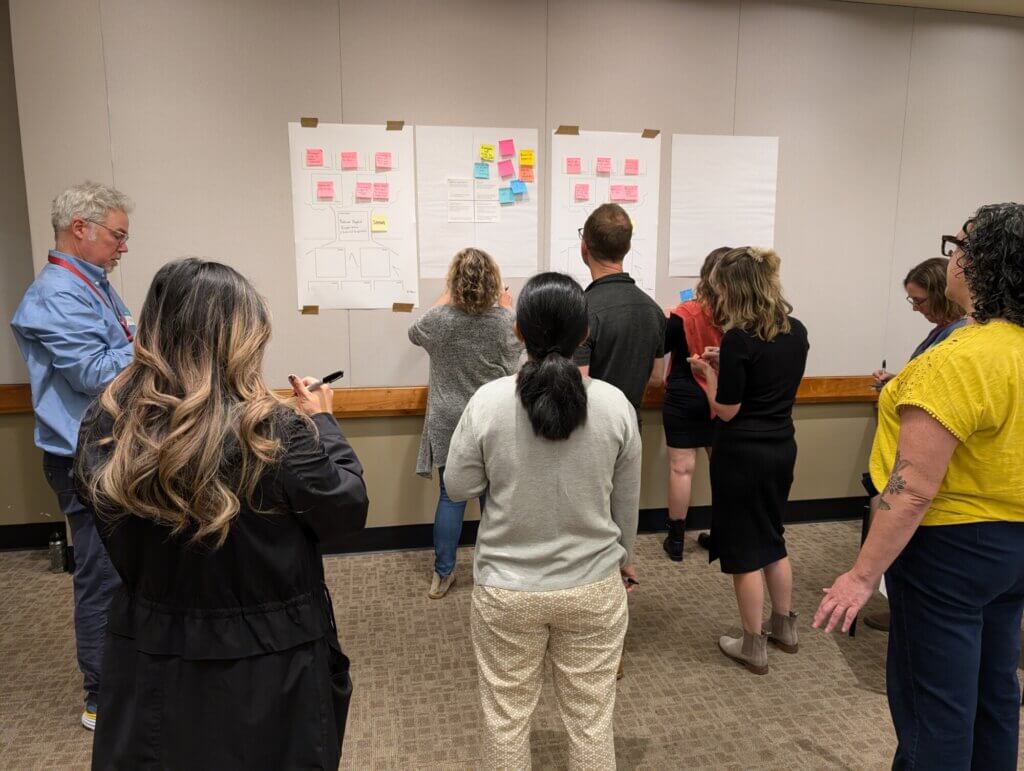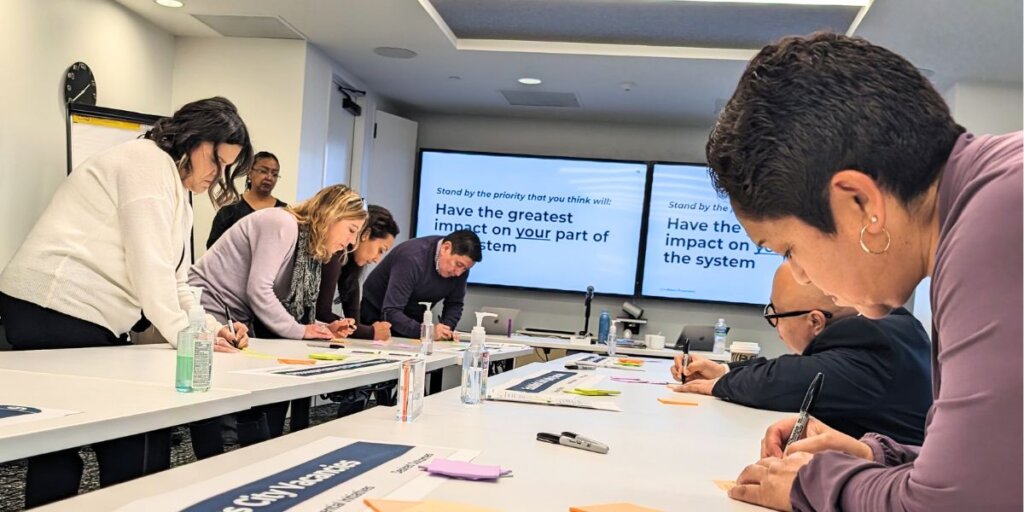Case Study
EPIC | Humboldt County Benefits Access Pilot

The San Francisco Office of Economic and Workforce Development administers the SF Shines program, which provides grants, design assistance and project management for small businesses to improve their storefront façades and interiors.
After 10 years, City staff were eager to evaluate the program’s strengths and understand additional opportunities to continue supporting local businesses.
“The CivicMakers team went above my expectations to conduct a meaningful program evaluation and to help set up new systems to ensure we can continue improving the program. The team took care to truly understand our program, the program’s clients and their needs, ensuring the inclusion of diverse stakeholders to brainstorm program changes and new directions. They are a thoughtful, passionate, fun, dedicated, and capable team.”
Darcy Bender SF Shines Project Manager, San Francisco Office of Economic & Workforce Development
The SF Shines Program is an economic development service of the Invest In Neighborhoods initiative that provides focused, customized assistance to help small businesses thrive, increase quality of life, improve physical conditions, and build community capacity.
SF Shines worked with CivicMakers to conduct a program evaluation, its first formal program evaluation since it started 10 years prior. The goal of the evaluation was to (1) gain a holistic view of the entire program, (2) assess program effectiveness, efficiency and equity, and (3) make recommendations for solutions and ongoing evaluation.
We engaged stakeholders throughout the program, including staff, program participants, partner nonprofits, small business consultants, contractors and designers. The process included a preliminary system mapping stage where we outlined the program and its theory of change. These were then tested against user experiences of the program, which helped us to develop personas and more detailed user journey maps.
While conducting user interviews and surveys, we compiled a list of pain points that occurred across the system. We presented these opportunity areas to stakeholders from across the program and invited them to co-design solutions and prototypes. This culminated in a list of recommendations for program improvements, informed by end users, many of which are currently under development today.
After completing the evaluation project, we were invited to continue working with SF Shines to develop and test improvements that we helped identify. This included the development of participant resources, externally-facing collateral and messaging, as well as evaluation tools targeted at measuring the impact of the program and participant satisfaction.
The Implementation Phase included three rounds of prototyping and testing to incorporate feedback from Invest in Neighborhoods staff, past program participants (closing the loop with participants from Phase 1) and current program participants at various stages in the process.
At a time when public benefits programs are in a state of uncertainty due to the utter chaos ensuing at…





